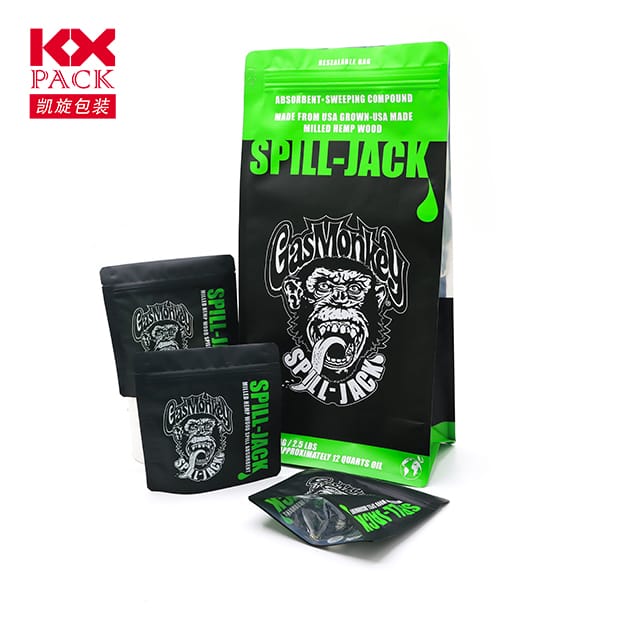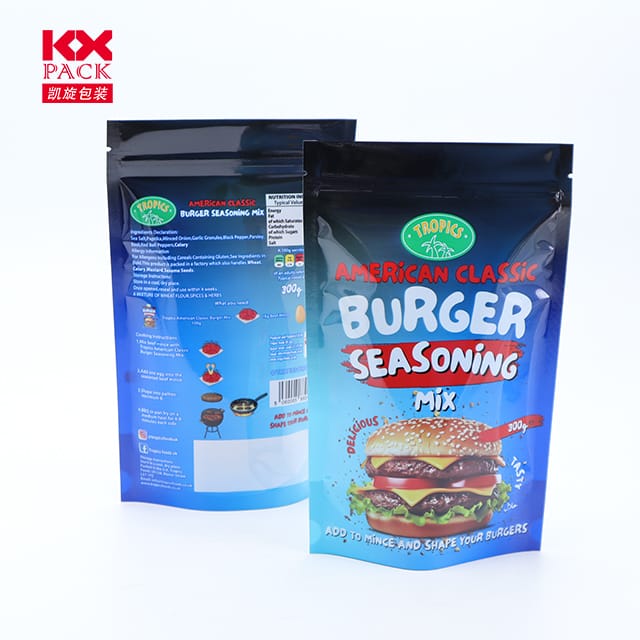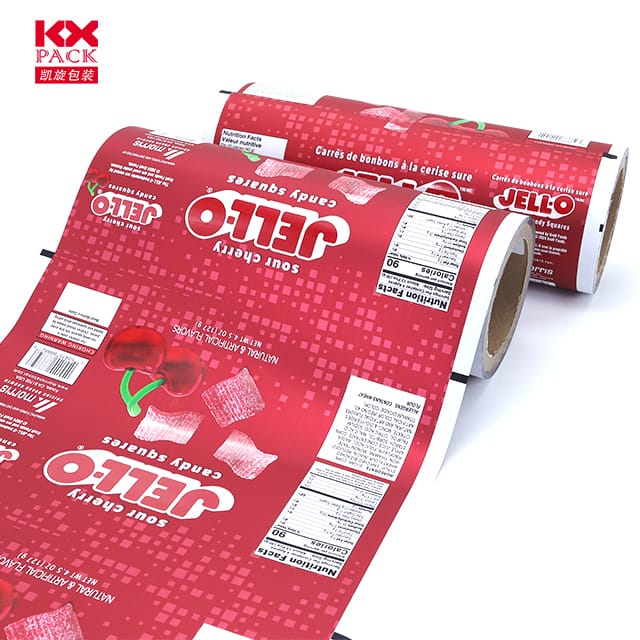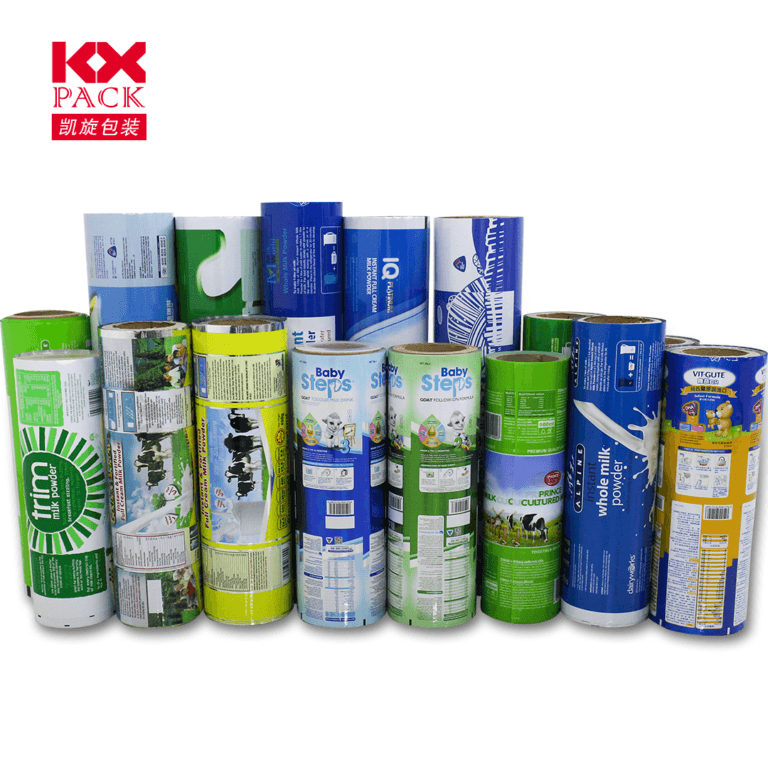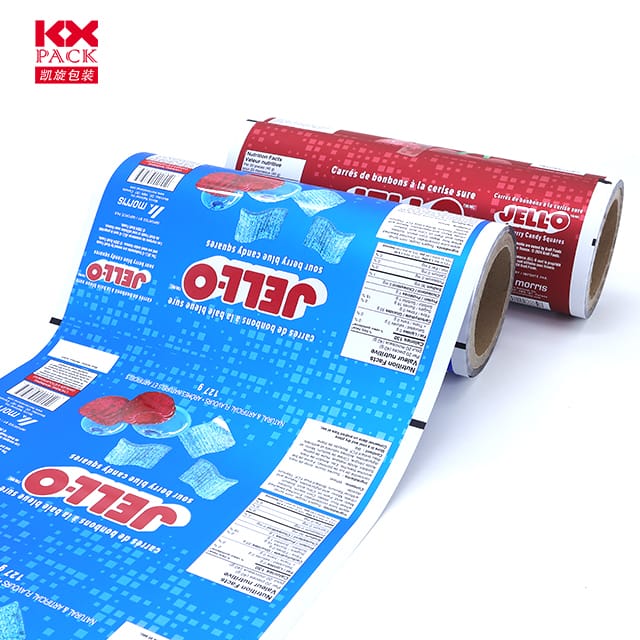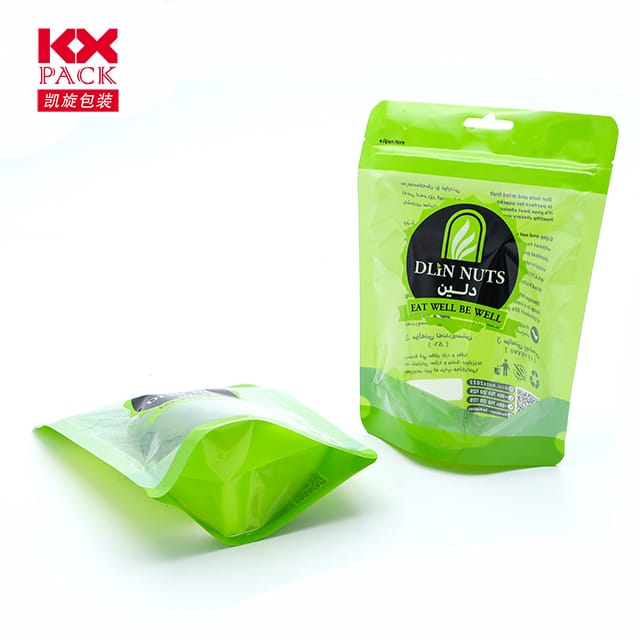Navigating the Future of Plastic Film Manufacturing: Trends, სიახლეები, და მდგრადობა
პლასტიკური ფილმის წარმოება
The global plastic film manufacturing industry stands at a pivotal crossroads, balancing rapid technological advancements with escalating environmental demands. As one of the largest subsectors in the plastics industry, plastic films play a critical role in packaging, agriculture, healthcare, and electronics. თუმცა, regulatory pressures, evolving consumer preferences, and the imperative for circular economy solutions are reshaping the competitive landscape. This blog explores key trends shaping the future of plastic film manufacturing companies, highlighting innovation hotspots and strategic opportunities.(პლასტიკური ფილმის წარმოება)
1. The Rise of Sustainable Materials: From Bio-Based to Compostable Films
With over 20 countries implementing bans on single-use plastics and global brands committing to 100% recyclable packaging by 2030, manufacturers are pivoting toward sustainable alternatives.(პლასტიკური ფილმის წარმოება)
- Bio-Based Polymers: კომპანიებს მოსწონთ NatureWorks are expanding their Ingeo™ PLA (polylactic acid) capacity, with a new 75,000-ton facility in Thailand slated for 2025. PLA, derived from renewable resources, offers a carbon footprint reduction of up to 75% compared to traditional plastics.(პლასტიკური ფილმის წარმოება)
- Compostable Films: Innovations in polyhydroxyalkanoates (PHA) and starch-based blends are enabling manufacturers to produce films that decompose within 180 days in industrial composting facilities.(პლასტიკური ფილმის წარმოება)
- Recycling Breakthroughs: Chemical recycling technologies, such as Neste’s pyrolysis plants and SABIC’s partnership with Tomra for soft packaging recycling, are addressing the 20% physical recycling rate bottleneck. These processes convert mixed waste into feedstock for virgin-grade polymers.
2. High-Performance Films: Driving Innovation in Specialized Markets
Beyond commodity packaging, manufacturers are capitalizing on demand for advanced films in emerging sectors:
- New Energy Applications:
- Hydrogen Storage: Ultra-high-molecular-weight polyethylene (UHMWPE) films with 10x higher tensile strength than steel are enabling lightweight, high-pressure hydrogen tanks.(პლასტიკური ფილმის წარმოება)
- Solar Panels: Ethylene vinyl acetate (EVA) encapsulants with 99% light transmittance and 25-year durability are critical for photovoltaic efficiency.
- საექიმო & ელექტრონიკა:
- Microfluidic Devices: Cyclic olefin copolymer (COC) films with 0.1µm surface roughness are used in insulin pens and lab-on-a-chip diagnostics.
- Foldable Displays: Transparent conductive polyimide (PI) films with 5G-compatible dielectric constants are enabling bendable OLED screens.
3. Digital Transformation: Smart Factories and Supply Chain Optimization
Leading manufacturers are leveraging Industry 4.0 tools to boost efficiency and agility:
- AI-Driven Process Control: Moldflow simulations reduce trial-and-error prototyping by 30%, while Honeywell’s digital twins optimize extrusion line parameters in real time.
- Closed-Loop Systems: Partnerships between film makers and recyclers, such as Amcor’s ReZyn™ program, enable 100% recycled content in food-grade packaging.
- End-to-End Traceability: Blockchain-based platforms like Everledger provide carbon footprint tracking for brands like Unilever, which now demands full material genealogy from suppliers.
4. Regional Strategies: Navigating Geopolitical Shifts
Global trade dynamics are forcing manufacturers to rethink supply chains:
- Nearshoring: Berry Global და Sealed Air are establishing plants in Mexico and Eastern Europe to serve JIT demand from automotive and electronics OEMs.
- ASEAN Expansion: Vietnam’s electronics exports surging 20% annually are driving demand for protective films from local players like Duy Tan Plastics.
- China’s Dual Circulation: Domestic manufacturers like Foshan FSP are targeting 60% self-sufficiency in high-end equipment by 2025, reducing reliance on imports for five-layer co-extrusion lines.
5. Competitive Landscape: მ&A and Niche Specialization
Consolidation and differentiation are reshaping the industry:
- Mega-Mergers: Amcor’s $6.8B acquisition of Bemis in 2019 created the world’s largest flexible packaging firm, with 30% market share in medical films.
- Niche Players: Schott dominates the $2B pharmaceutical vial film market with its Type I borosilicate glass-equivalent polypropylene, while Mitsubishi Chemical controls 70% of the global polycarbonate recycling market.
- Startup Disruption: ბლოკნოტი (seaweed-based sachets) და Tipa (home-compostable films) have raised $150M+ in venture funding, targeting eco-conscious FMCG brands.
The Road Ahead: Challenges and Opportunities
While the outlook is promising, manufacturers face headwinds:
- Volatile Feedstock Costs: Brent crude price fluctuations of ±40% in 2024 squeezed margins for non-integrated players.
- Regulatory Fragmentation: EU’s Single-Use Plastics Directive conflicts with ASEAN’s 2030 plastic waste roadmap, creating compliance complexities.
- Talent Gap: The industry needs 1.2M skilled workers by 2030 to operate smart factories, yet only 15% of current operators have digital literacy.
დასკვნა
The plastic film manufacturing sector is undergoing a paradigm shift, with sustainability, შესრულება, and digitalization as the key pillars of growth. Companies that invest in R&D for bio-based materials, adopt circular business models, and embrace smart manufacturing will lead the next wave of innovation. As the industry transitions from a linear “take-make-dispose” model to a regenerative economy, the winners will be those who balance profitability with purpose—delivering value not just to shareholders, but to the planet.
Stay ahead of the curve at CHINAPLAS 2025 (April 15–18, Shenzhen), where 4,500+ exhibitors will showcase cutting-edge solutions for the future of plastic films. 🌍🔄💡


